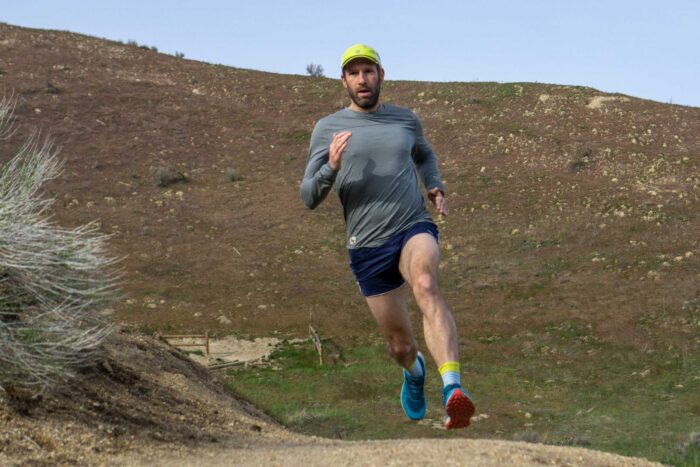Cushion is in.
“Maximalist” running shoe brand HOKA ONE ONE is growing fast. Traditional players like Brooks and Asics are adding super-cushioned models to new lines, while Altra has steadily added sole thickness to its traditionally minimal shoes.
Vibram, meanwhile, is handing out money hand over fist in a class action lawsuit brought by wearers of the minimalist FiveFingers shoes.
It seems the minimalist running shoe trend is a thing of the past. But is it?













